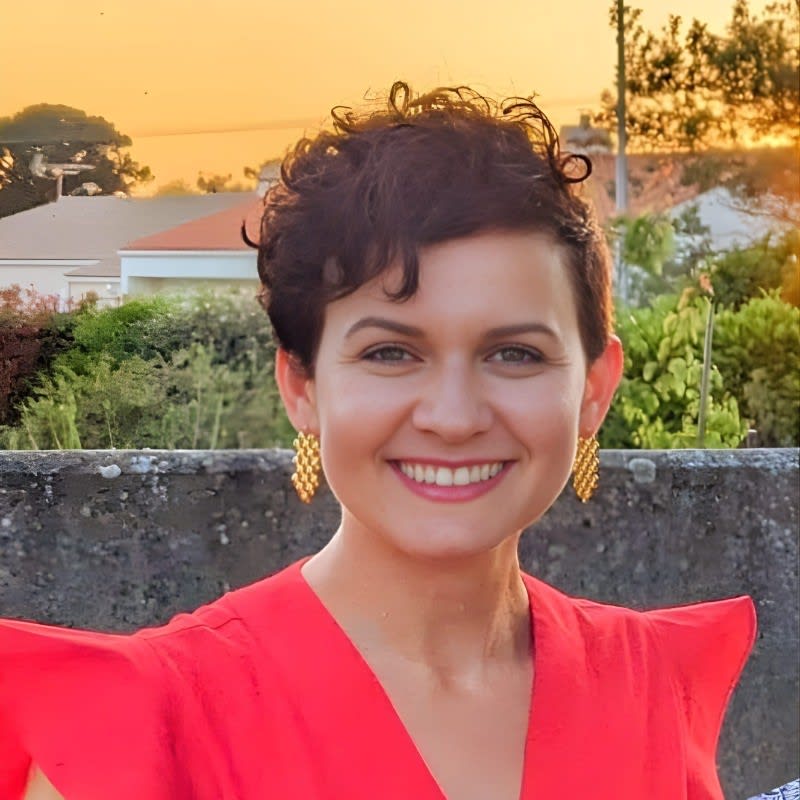![]()
What Is Multiple Object Tracking?
Multiple Object Tracking (MOT) is a technology within computer vision that enables systems to identify, monitor, and analyze the movements of multiple objects over time within a particular space. These objects can be anything, ranging from pedestrians and cars to animals, equipment, or drones.
The key purpose of multiple object tracking is to assign a unique ID to each object detected and continuously track its position across frames in a video stream. It ensures that no object is lost or mistaken for another, even in crowded or overlapping environments. Though commonly used for visual applications, multiple object tracking can be extended for non-visual tracking, such as objects identified through radar or lidar sensors.
How Does Multiple Object Tracking Work?
The functionality of multiple object tracking relies on two primary steps: object detection and tracking across frames. Let’s break it down:
1. Object Detection
The system must first locate and identify objects of interest in each video frame. Object detection algorithms like YOLO (You Only Look Once), Faster R-CNN, or SSD (Single Shot Detector) are commonly employed to classify objects and determine their bounding boxes. These bounding boxes represent the location of the object in the frame.
Detection models use machine learning for accuracy, ensuring they can differentiate between objects based on their appearance, size, orientation, and behavior.
2. Tracking Across Frames
Once objects are detected, the system assigns each object a unique ID and links the objects across sequential frames. Algorithms track their motion, predict future locations, and resolve discrepancies from occlusion (when objects overlap or disappear).
Common techniques used for tracking include:
- Kalman Filters: Predicts an object’s next position based on its movement patterns.
- Deep Learning Models: Uses neural networks to track objects based on their appearance, behavioral traits, and contextual surroundings.
- Optical Flow: Measures pixel-level changes to detect how objects move across frames.
- Hungarian Algorithm: Matches objects between frames while minimizing errors, especially in assigning IDs.
Obstructions, incorrect detections, and environmental elements, such as lighting and varying frame rates, all pose significant challenges to the precision of tracking. MOT systems must employ robust techniques to handle these complexities efficiently.
Use Cases of Multiple Object Tracking
Multiple object tracking has broad applications across various sectors, allowing for smarter, safer, and more efficient operations for both businesses and systems. Let’s check out a few:
- Surveillance and Security: MOT is extensively used in surveillance systems to track individuals or vehicles in public spaces. It detects suspicious behavior or unauthorized activity in real time, helping to prevent criminal acts and improve public safety.
- Autonomous Vehicles: Autonomous driving relies heavily on MOT to identify and track cars, pedestrians, obstacles, and road signs. This technology enables vehicles to safely navigate streets, predict movement patterns, and avoid collisions.
- Sports Analytics: MOT is used in sports broadcasting and analytics to track players, balls, and equipment during games. By providing precise spatial data, MOT enhances gameplay analysis, helps optimize strategies, and brings interactive features to viewers.
- Robotics: In robotic systems, MOT enables machines to monitor their surroundings during sensitive tasks like packing, organizing, or collaborating in shared spaces with humans. It improves their ability to work in unstructured environments.
- Retail Analytics: Track customer behavior in stores (like movement patterns or time spent in specific sections) with MOT. Retailers use analyzed data to optimize layouts, improve marketing strategies, or enhance customer service.
- Healthcare: In healthcare, MOT can be used to track moving microscopic entities (like pathogens) and monitor the motion of surgical tools in real-time for precision-based operations.
- Wildlife and Environmental Studies: Researchers leverage MOT to study animal behavior, track endangered species, or analyze ecosystems by monitoring the movements of individual wildlife.
Pros and Cons of Multiple Object Tracking
Pros
- Efficiency: MOT systems can track multiple objects in dynamic environments without relying heavily on human intervention.
- Real-Time Capabilities: Excellent for applications that demand instantaneous analysis or feedback, such as security monitoring or autonomous navigation.
- Scalability: MOT systems are flexible, capable of scaling to track hundreds of objects simultaneously.
- Enhanced Insights: MOT provides valuable behavioral and movement insights, allowing users to make informed decisions or predictions.
- Wide Application Scope: MOT is a versatile technology applicable across industries like healthcare, smart cities, retail, and entertainment.
Cons
- High Computational Requirements: Tracking multiple objects over time requires advanced hardware, which can be resource intensive.
- Challenges in Occlusion: Accuracy declines when objects overlap or are partially obscured in crowded areas.
- Environmental Limitations: Variables like poor lighting, low resolution, or unstable camera angles can impact output quality.
- Cost of Implementation: Developing and operating MOT systems is expensive, especially for smaller organizations with limited budgets.
- Privacy Concerns: Tracking individuals or objects raises ethical and legal issues regarding data collection and privacy, particularly in public spaces.
Last Words
Multiple object tracking is a critical tool in computer vision that has reshaped industries by enabling smarter systems to understand and analyze dynamic environments. From self-driving cars to real-time sports analytics and advanced surveillance, the applications are vast and impactful.
However, implementing MOT systems comes with challenges, such as resource requirements, complexities in crowded environments, and ethical concerns regarding privacy. Still, the technology is advancing rapidly; integrating more sophisticated AI algorithms, enhanced hardware capabilities, and ethical safeguards to handle such issues.


